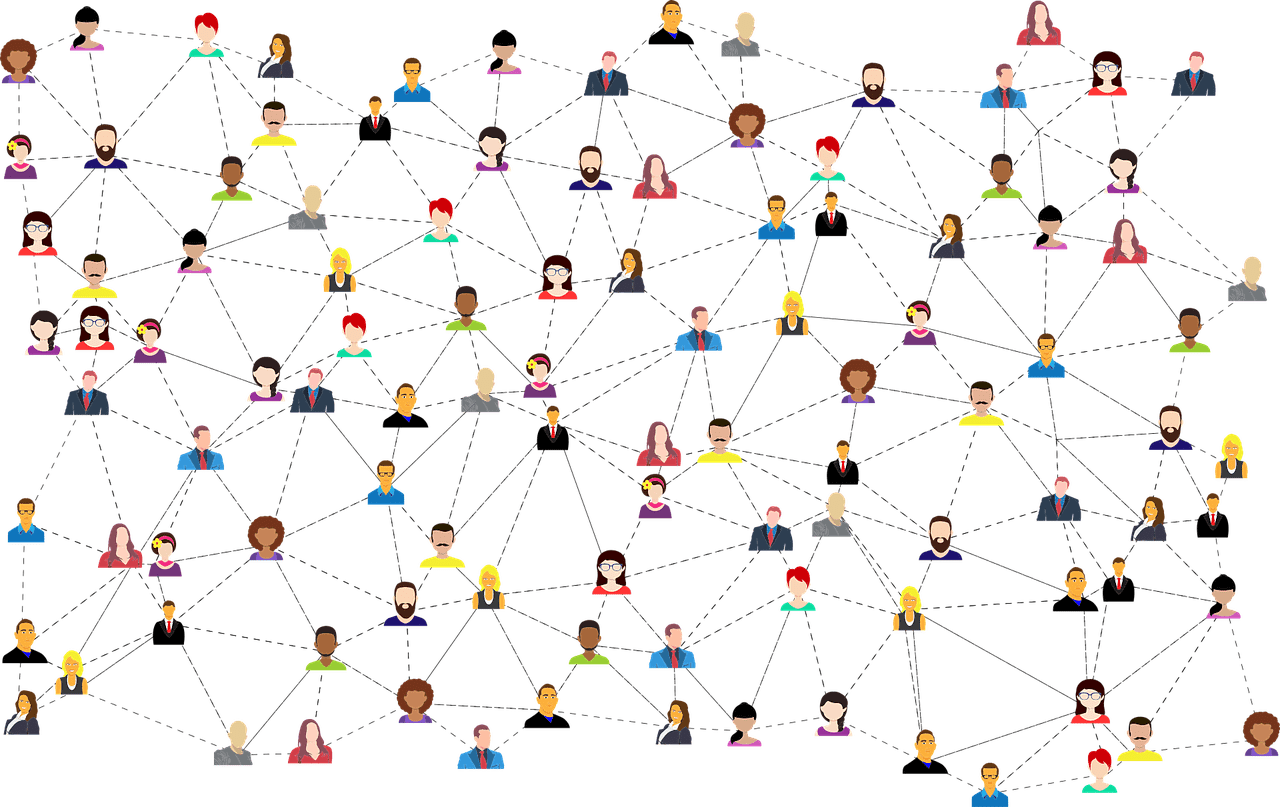Effective project manager communication is an essential part of project management.
CONTENT
Their job is to align everyone on one goal and ensure that all the correct and complete information gets to the proper channels.
When thinking about how project managers can improve their communication skills, we often focus only on the output: when to say something, how to say it, and how often to say it.
While these are all fundamental components of communication, a successful project manager knows that they must also consider listening to and managing emotions, their own and those of the team.
Why project manager communication is important
According to the PMBOK, about 75% of a project manager’s work time is devoted to communication.
Communication is a core competency that, when properly executed, connects each member of a project team to a standard set of strategies, goals, and actions.
Unless these components are effectively shared by project managers and understood by stakeholders, project outcomes may be compromised.
When project managers have solid communication skills, they can lead more successful projects, increase ROI and help the organization outperform its competitors.
These strong communication skills enable project managers to establish healthy and trusting relationships with their team and stakeholders at a micro level.
Here are what are three key elements in turning project manager communication into successful communication.
Establish a communication structure
The first step toward effective communication is to establish a framework. This framework is a plan that allows for efficient communication with the team, stakeholders, executives, and customers.
In practice, this means agreeing on who communicates what, to whom, when, and how.
By setting clear expectations from the start, everyone is given the tools they need to succeed.
A comprehensive communication structure includes:
- A purpose: the reason for the framework, as well as the reasons for each communication method it covers.
- An outline of the project requirements: the requirements of the project.
- A list of communication methods to be used and goals associated with each: these include meetings (starting with the Kick-off meeting), email, daily meetings, instant messaging, and any project management software or tools to be used.
- Time, Dates, and Frequency: It is essential to set expectations and precedents for the timing of communications.
- Roles and responsibilities: although the project manager will handle most communications, a straightforward process is also needed for how other team members and stakeholders communicate.
Practicing active listening
Knowing how to speak well is one thing, but a project manager stands out when they also know how to really listen to someone.
When a project manager practices active listening, they’re not just paying attention to the content of a message – they’re tuning in to nuances like body language, facial expressions, and tone of voice.
This skill allows the project manager to identify problems, risks, and opportunities better.
Conversely, poor listening is often linked to errors, reduced effectiveness, and missed opportunities.
Becoming an active, mindful listener takes time, practice, and dedication, but it’s worth it for the professional and personal benefits it brings.
Here are some tips for increasing your listening power:
- Don’t Interrupt: It seems like common sense, but it’s all too easy to interrupt someone when you feel excited by the conversation or don’t want to hear what the other person is saying. Pausing for a couple of seconds when the other person has finished speaking ensures that they have finished their thought.
- Make time for conversation: nobody can listen adequately when in a hurry or distracted by other activities. It is best not to have a conversation, in person or online, if you are not prepared to give it your full attention. This is where mistakes and misunderstandings can occur. Communicate only when you are ready to receive the message; if the time is not right, politely ask the other person to speak at another time.
- Pay attention to non-verbal signs: this allows you to engage in a deeper and less superficial level of communication. Often, people tend to say something they don’t believe to avoid arguments or bad feelings; in these cases, non-verbal signs can help you understand where the truth lies.
- Ask the right questions: when a person listens without asking questions, it can give the impression that they are not interested or involved in what you are saying.
- Be objective: It is easy to get caught up in your feelings and priorities when communicating with someone. To practice mindful listening, you need to leave behind personal prejudices and ideas and process the message from an objective point of view.
Using the right tools
Using the right communication tools for the situations is critical to making the tone of the communication effective. Let’s examine the various cases.
For non-urgent communication
In this case, the formality of an email might be too much, but even arranging a meeting seems overkill.
When it comes to non-urgent communication needs, instant messaging is, in most cases, the best communication channel to choose.
These tools are excellent for random questions or concerns, don’t require real-time participation, and perhaps most importantly, don’t interrupt the workflow of others.
In addition, using these tools also provides a record of the conversation that you can refer to later.
Chat in a project management software might be the best solution.
For project updates
The communication framework should let everyone know which platforms are preferred for updates and general project status announcements.
Again, using project management software might be the ideal tool to collect content in one place so that the team and stakeholders don’t have to waste time searching for what they need.
Every document, file, discussion, task, a deadline can be viewed here.
For official and important communications
When it comes time to communicate important and official information about the project, the project manager must secure the attention of all team members and stakeholders.
In this case, a meeting where everyone is invited may be the best strategy.
On this occasion, interested persons also can ask questions or present concerns that can be answered immediately.
With effective communication practices and processes, misunderstandings and conflicts can be eliminated.
Communication planning means spending time early in the project planning process to understand the stakeholders and how they want to communicate and receive communications.
By respecting their needs, they will be more involved and motivated for the success of the project.
The details of project communication management may vary based on the project manager’s style, the size of the project, or the industry. Still, either way, communication will play an essential role from the beginning to the end of a project.
With a straightforward communication plan, dedication to mindful listening, and the right tools, the project manager and their team will be better prepared to tackle any project successfully.




